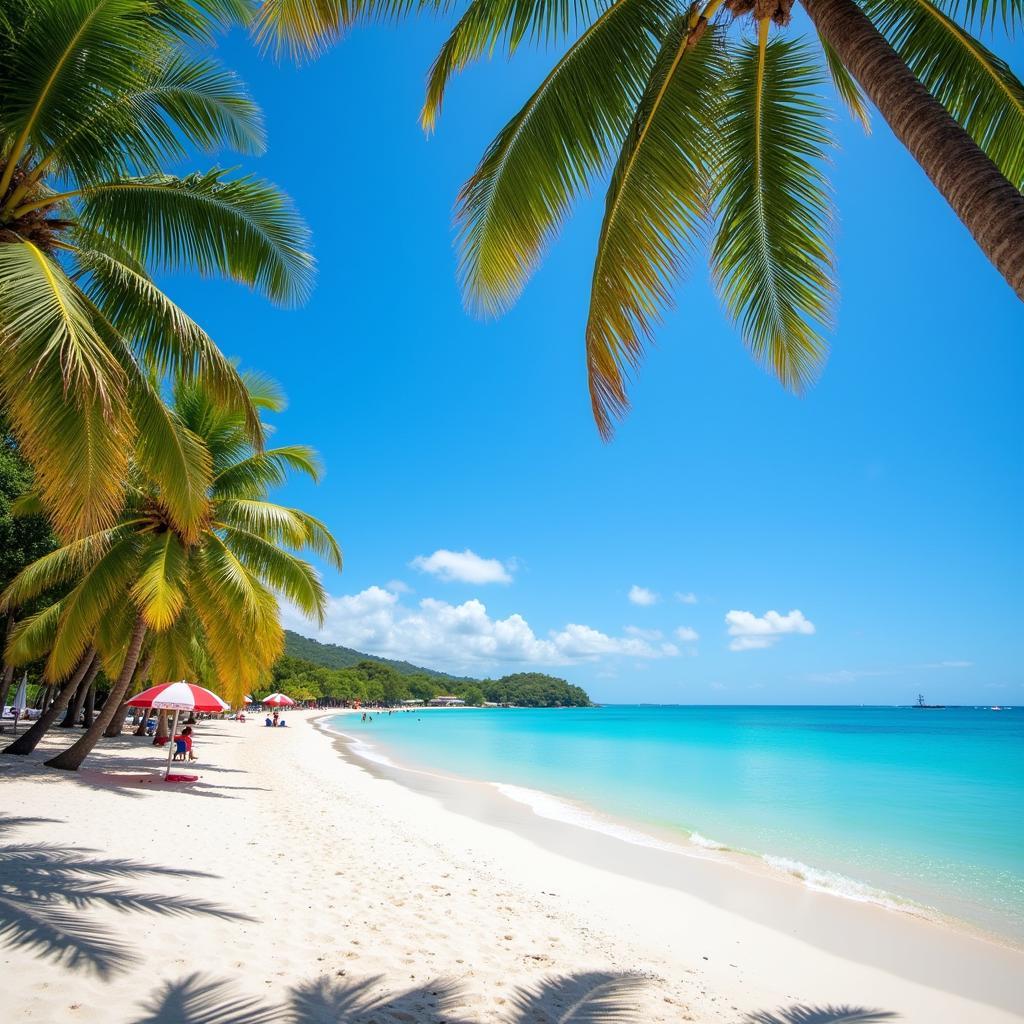The African Plateaus: A Journey Through Time and Diversity
The African Plateaus, vast stretches of elevated land spanning the continent, hold a captivating story of ancient landscapes, unique ecosystems, and diverse cultures. They are not just geographical features; they are the cradle of human civilization, the stage for a rich tapestry of history, art, music, and traditions. This article delves into the fascinating world of these plateaus, exploring their geological origins, ecological significance, cultural heritage, and the remarkable people who call them home.
The Rise of African Plateaus: A Tale of Tectonic Plates
The formation of African plateaus is a testament to the powerful forces of tectonic plates. Millions of years ago, the Earth’s crust underwent significant shifts, resulting in the uplift of massive land masses. The East African Rift Valley, a prominent feature of the continent, is a prime example of this geological drama. As the tectonic plates separated, the land between them cracked and subsided, creating a dramatic landscape of valleys and highlands. This process gave rise to the Eastern and Southern African plateaus, towering over the surrounding plains.
A Biodiversity Hotspot: Thriving Life on the Plateaus
The African plateaus are not just geographically remarkable; they are also ecological hotspots. Their unique elevation and climate create diverse habitats, supporting an astonishing array of plant and animal life. From the rugged highlands of Ethiopia, home to endemic mountain goats and rare birds of prey, to the vast savannas of South Africa, teeming with iconic wildlife, the plateaus are a haven for biodiversity.
The Wonders of the Highveld
The Highveld of South Africa is a prime example of a plateau ecosystem. This elevated grassland is characterized by its rolling hills, fertile soil, and abundant wildlife. It is home to diverse species, including the majestic African wild dog, the elusive cheetah, and the endangered black rhinoceros.
“The Highveld is a place where the past and present converge,” says Dr. Sarah O’Brien, a renowned South African ecologist. “The remnants of ancient landscapes and the rich tapestry of life make it a truly fascinating region to study.”
A Tapestry of Cultures: Human Life on the Plateaus
The African plateaus have been home to human populations for millennia. Over time, diverse cultures have flourished, each with their own unique languages, traditions, and beliefs. The plateaus’ rugged terrain and challenging conditions have fostered resilience and ingenuity.
The Legacy of Ancient Kingdoms
The Ethiopian Plateau, with its towering mountains and fertile valleys, has been a hub of civilization for centuries. The ancient Aksumite Kingdom, renowned for its impressive architecture and trade networks, once flourished in this region. The legacy of this kingdom lives on in the Ethiopian Orthodox Church, its intricate rituals, and its distinctive artistic expressions.
“The plateaus have played a vital role in shaping African history,” notes Professor Adebayo Olatunji, a renowned historian specializing in African civilization. “From ancient kingdoms to modern-day societies, these elevated landscapes have witnessed the ebb and flow of human life.”
The Rhythms of Life: Music and Dance on the Plateaus
The African plateaus pulsate with the rhythms of music and dance. From the vibrant melodies of the Maasai in the East African highlands to the soulful harmonies of the Zulu people in South Africa, music is an integral part of life on the plateaus. It accompanies rituals, celebrates harvests, and binds communities together.
The Power of Music: A Universal Language
The music of the African plateaus is a powerful force that transcends cultural boundaries. Whether it’s the hypnotic drumming of the Bambuti people in the Congo rainforest or the enchanting polyphony of the Tuareg nomads in the Sahara, music speaks a universal language, connecting people across generations and landscapes.
“Music is the heartbeat of the African plateaus,” explains Babatunde Adebayo, a renowned music scholar. “It reflects the spirit of the people, their struggles, their joys, and their unwavering connection to the land.”
A Legacy of Resilience: The Future of the Plateaus
The African plateaus face numerous challenges, including climate change, deforestation, and unsustainable development. However, the spirit of resilience that has shaped the lives of the people who call these landscapes home continues to thrive. Communities are working together to protect their natural heritage, preserve their cultural traditions, and build sustainable futures.
Frequently Asked Questions
Q: What are the major African plateaus?
A: Some of the major African plateaus include the Ethiopian Plateau, the East African Plateau, the South African Plateau, and the Guinean Plateau.
Q: Why are plateaus important?
A: Plateaus are important for a variety of reasons, including their role in regulating climate, providing habitats for diverse species, and supporting human communities.
Q: What are some of the challenges facing African plateaus?
A: Challenges facing African plateaus include climate change, deforestation, unsustainable development, and land degradation.
Q: How can we help protect African plateaus?
A: We can help protect African plateaus by supporting sustainable land management practices, reducing our carbon footprint, and advocating for conservation efforts.
Q: What are some of the cultural traditions associated with the African plateaus?
A: Cultural traditions associated with the African plateaus include unique languages, music and dance, storytelling, and a deep connection to nature.
Conclusion
The African plateaus are a breathtaking testament to the power of nature, the resilience of human spirit, and the enduring beauty of diversity. They are a journey through time, where ancient landscapes meet vibrant cultures, and where the rhythm of life continues to echo through the ages. By understanding and appreciating the significance of these remarkable landscapes, we can contribute to their conservation and ensure that their legacy continues to inspire and empower future generations.

